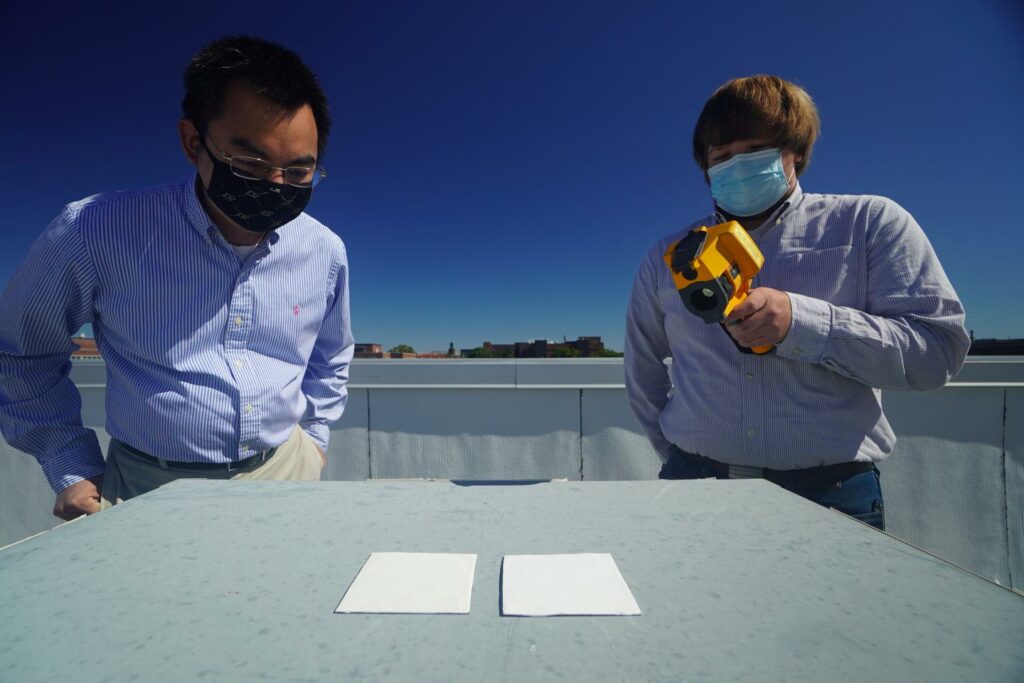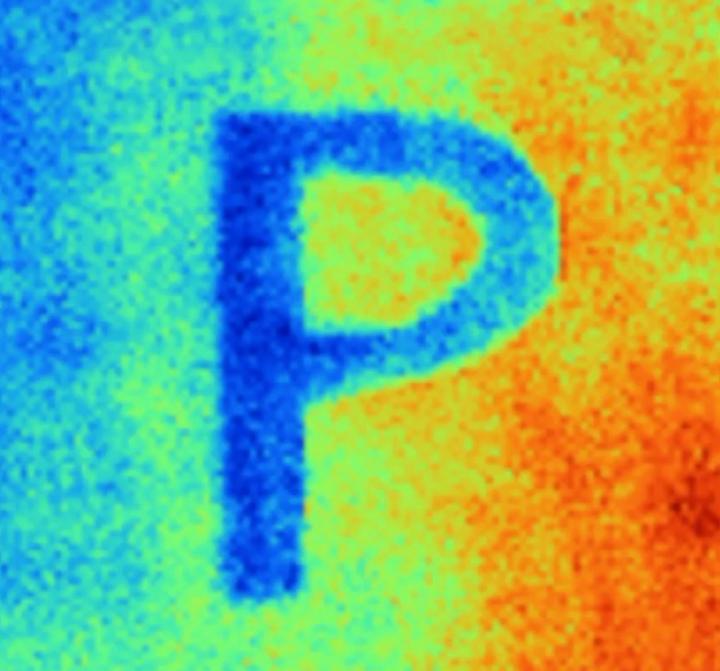We’ve all experienced it at some point: white things stay cooler in the sunlight, while black things get hotter as they absorb more sunlight. This is more than just a physics curiosity, it has significant impacts on our world.
This is the reason, for instance, why the houses around the arid areas of the Mediterranean are often painted white — to reflect more sunlight and keep the buildings a bit cooler. Now, a team of researchers at Purdue University are taking things to the next level: they’ve developed a special white paint that reflects almost all the sunlight cast upon it, helping to keep the surface cool.

The problem of urban temperature is more complex than it seems. It’s not just climate heating that makes cities hot, there’s also the urban heat island effect.
Cities act as ‘hot islands’ due to several reasons. For starters, there’s the land modification, the clearing of vegetation and replacing it with infrastructure — infrastructure that’s darker and capable of absorbing more heat. There’s also the changing of water and wind flow, and the extra heat generated by cars, electricity production and ironically, the air conditioners that keep us cool.
Scientists have worked to develop radiative cooling paints for decades, but their efficiency and cost-effectiveness has remained challenging. This new paint might change things.
“It is a persistent task to develop a below-ambient radiative cooling solution that offers a convenient single-layer particle-matrix paint form and high reliability,” says Xiulin Ruan, a professor at the School of Mechanical Engineering at Purdue University in Indiana and an author of the study. “This is critical to the wide application of radiative cooling and to alleviate the global warming effect.”

The paint developed by Ruan and colleagues used calcium carbonate fillers, a relatively cheap and abundant compound, as opposed to the usual titanium dioxide particles used in this type of paint. The calcium carbonate substances minimize the amount of ultraviolet light the paint absorbs, and the particle concentration and structure boosts scattering to dissipate as much energy as possible.
When the paint sample was put to the test in Indiana, over a two-day period, it remained 10 degrees Celsius below the ambient temperature at night and at least 1.7 degrees below the ambient temperature when the sun was at its zenith. Even when compared to another commercial white paint of the same thickness, the new paint was able to maintain a significantly lower temperature.
The paint could be used in a great nuber of applications, from housing to electrical equipment or cars.
“This paint may even be used to combat climate change since it rejects sunlight and radiates heat into space,” says Ruan.
However, researchers still need to ensure that the paint is cost-effective and resilient enough under realistic conditions (i.e. its resistance to water, dust, or detergent). So far, the team is confident.
“Our paint is compatible with the manufacturing process of commercial paint, and the cost may be comparable or even lower,” says Ruan. “The key is to ensure the reliability of the paint so that it is viable in long-term outdoor applications.”
Journal Reference: Li et al.: “Full Daytime Sub-ambient Radiative Cooling in Commercial-like Paints with High Figure of Merit”, Cell Reports Physical Science https://www.cell.com/cell-reports-physical-science/fulltext/S2666-3864(20)30236-8


